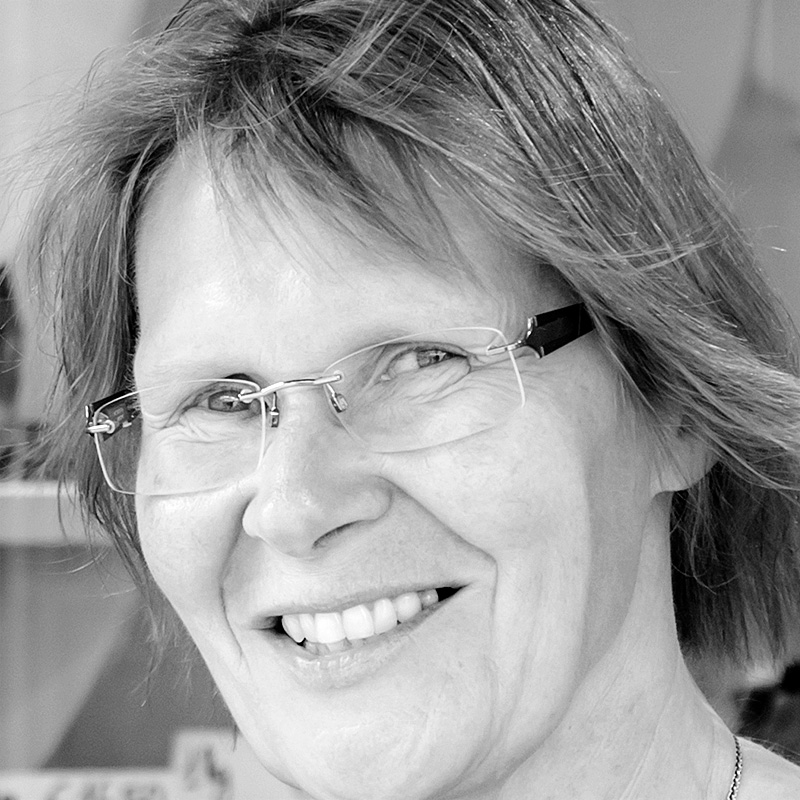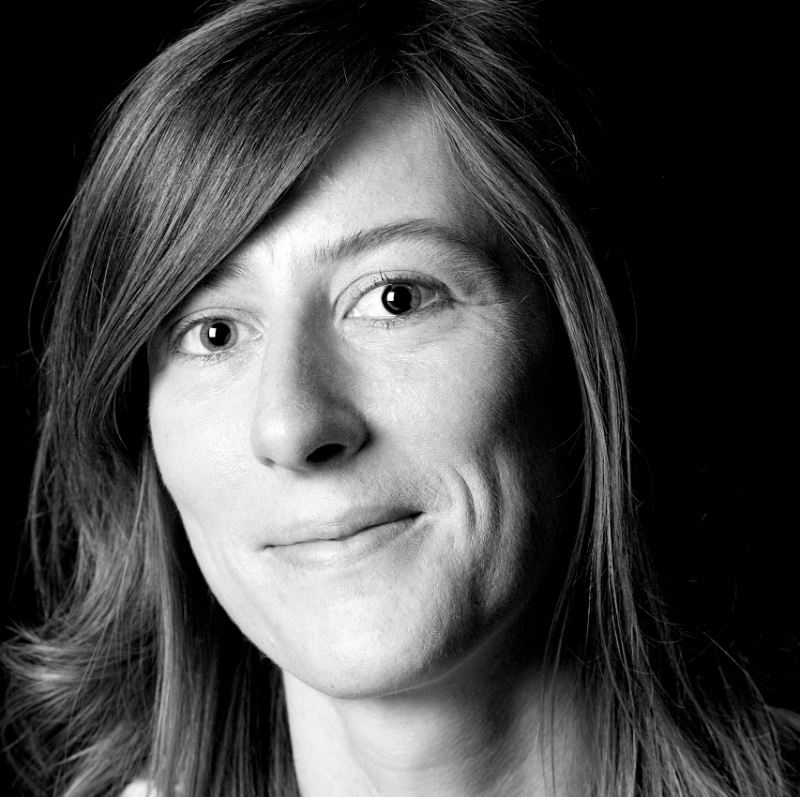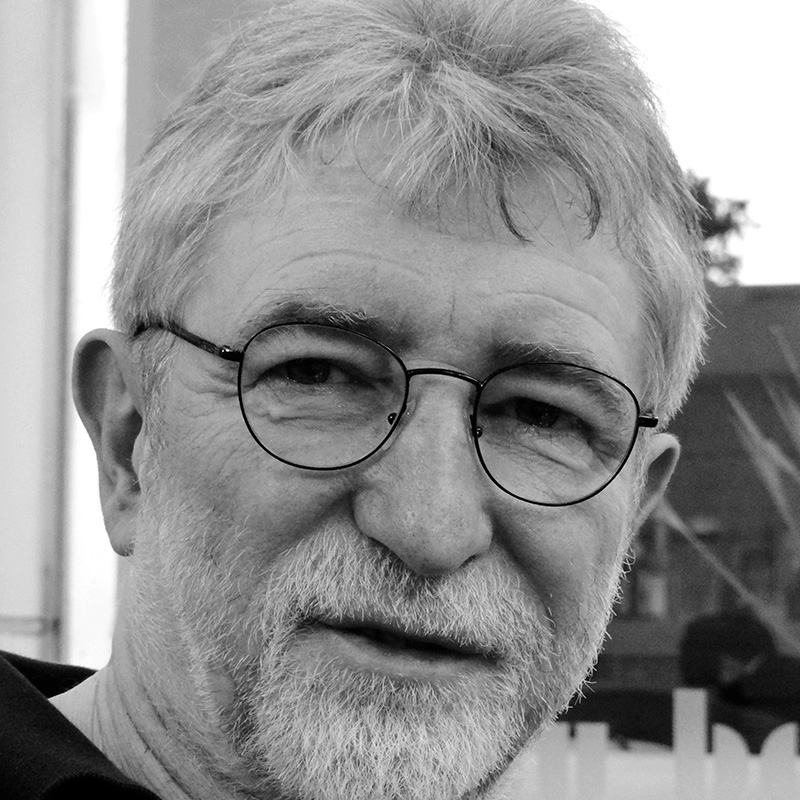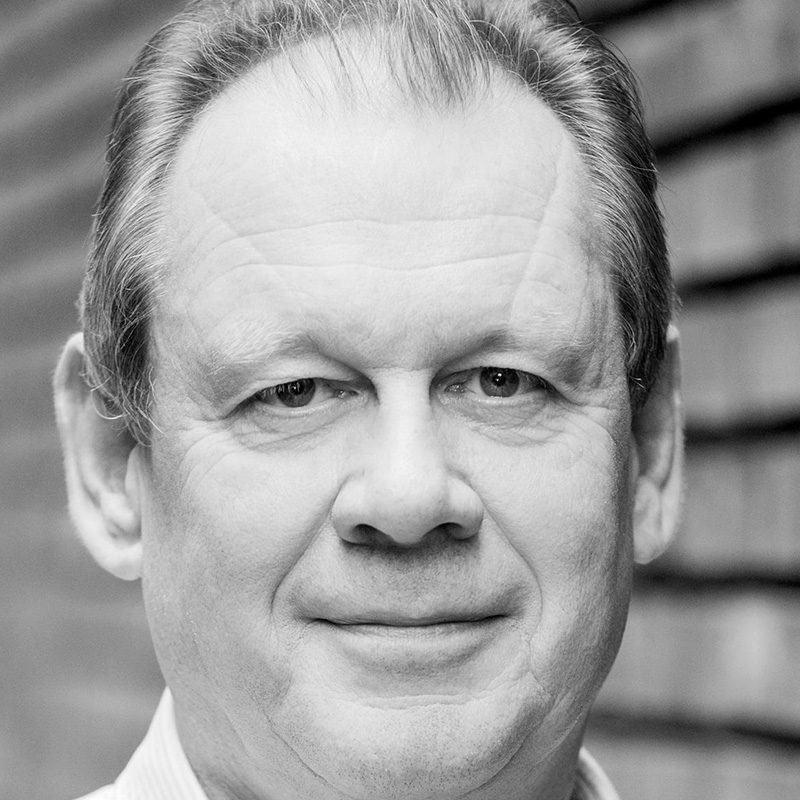We want to produce a 90-minute version for cinema, distributed in German repertory cinemas. A similar use in Samoa and New Zealand is intended as well. Other versions of 45 or 60 minutes will aim at German and international TV stations. In particular we see a possible use for educational purposes in the following institutions:
Teaching, Schools, Universities
The Southern Pacific is hardly ever part of curricula in schools and universities dealing with political, social and economic developments. The film may well be included in school teaching norms and values, history, geography etc. from class 8 upwards. In cultural and social sciences of many universities, cultures and societies of the Southern Pacific are dealt with under anthropological, historical and political aspects. Here, the film will offer an example of a long-term study of social development in Samoa and the topic of migration to New Zealand.
Political Education, Adult Education
Migration movements in the Southern Pacific are mostly connected in education in Germany with aspects of ecology and destruction of nature. Here, the film can help closing a gap of information.
Museum Pedagogy, Exhibitions
Anthropology museums, e.g. in Hamburg, Bremen, Stuttgart, Berlin, Köln as well as Göttingen contain valuable ethnographic collections form Samoa which are open to the public. The film will enrich these presentations within the exhibitions as well as in accompanying film shows.
German-Samoan Cultural Exchange
Germany’s Department of Foreign Affairs supports the bilateral exchange with Samoa to preserve national cultural heritage and the maintenance of national identity. The film will here have a direct link through its dealing with the topic of tattooing.
Samoan Cultural Institutions
Like its predecessor „Destination Samoa“ the film have an impact in Samoa itself because of its dealing with themes relevant for contemporary Samoa. It will be part of Samoa’s National Museum Film Library and as teaching material at the University of the South Pacific in Apia.
Cultural Institutions in New Zealand
The film will be of use in the National Film Library Auckland, museums in Wellington and Christchurch, cultural centres of Samoan communities all over New Zealand (e.g. in Otara), schools, universities teaching Pacific Studies (and that includes the Australian National University in Canberra).









